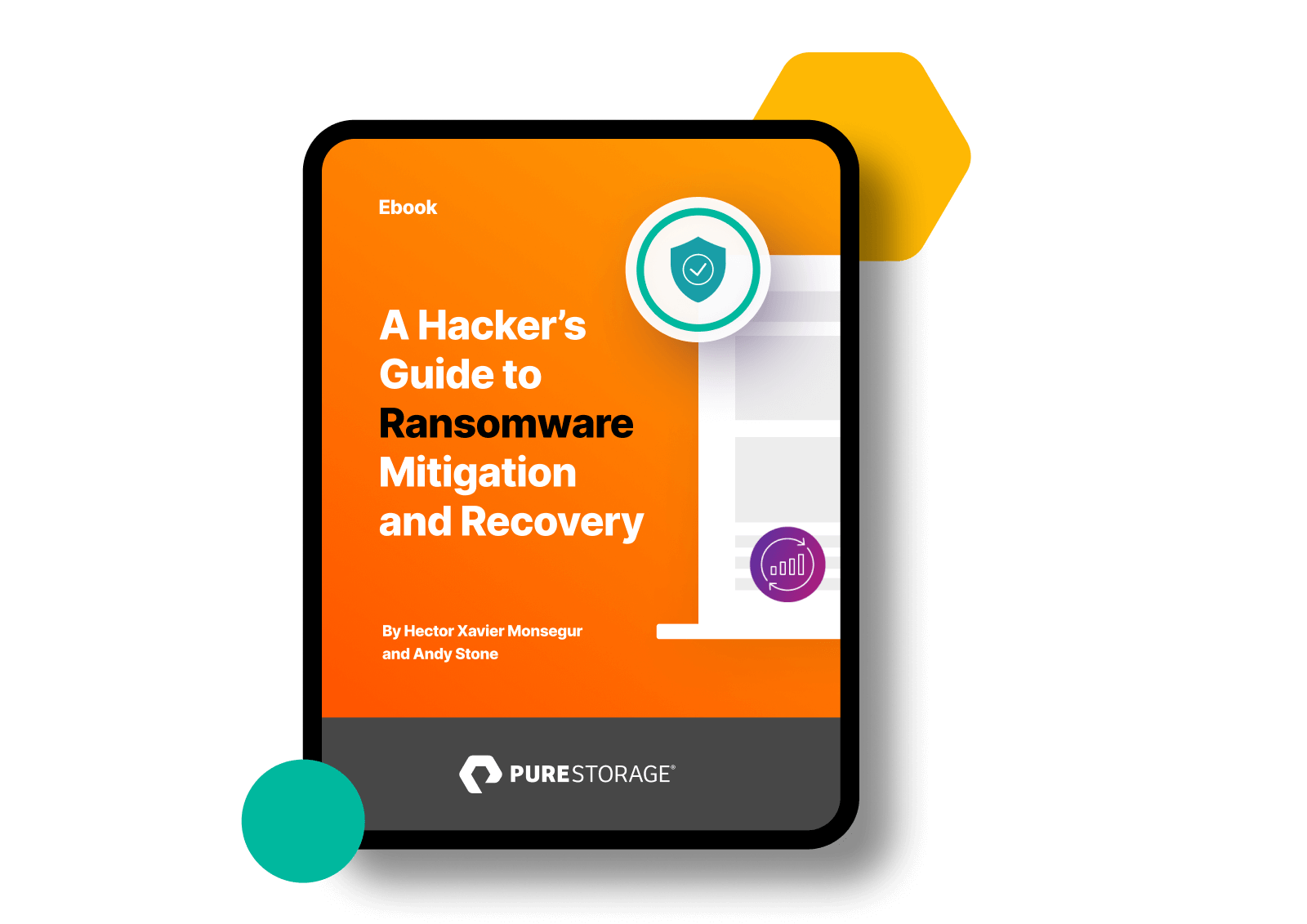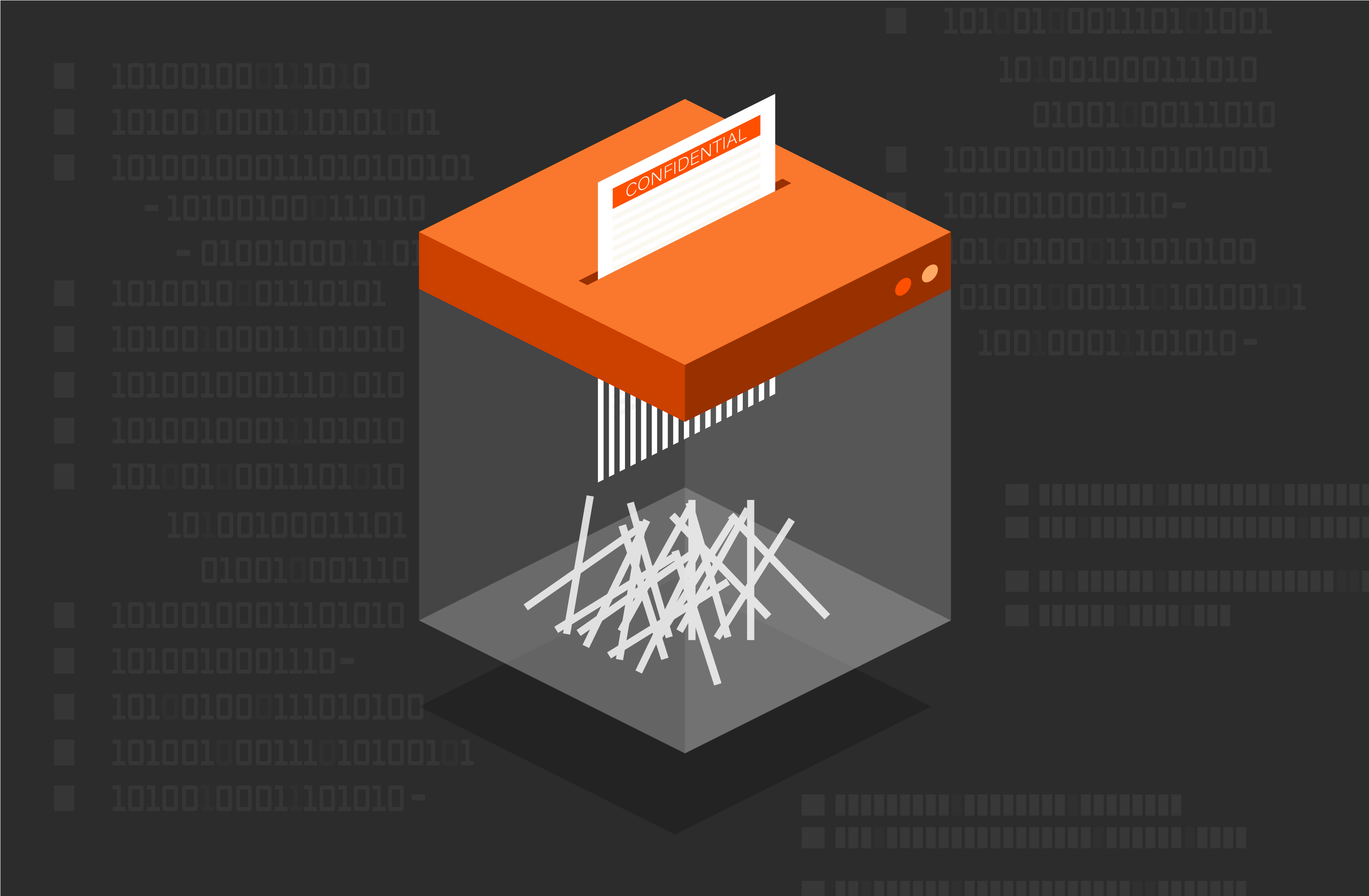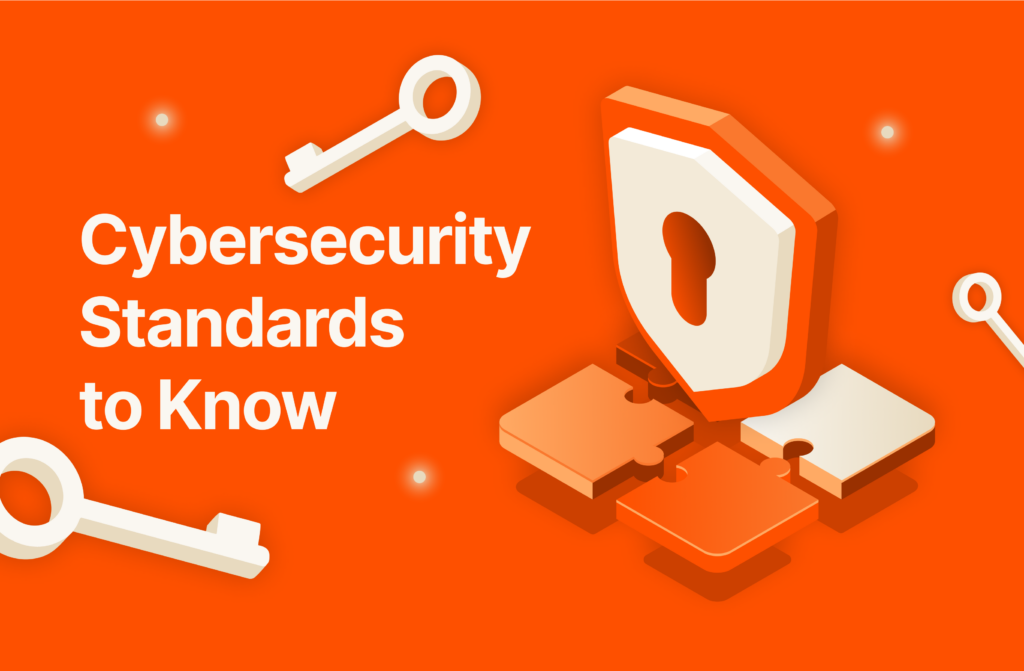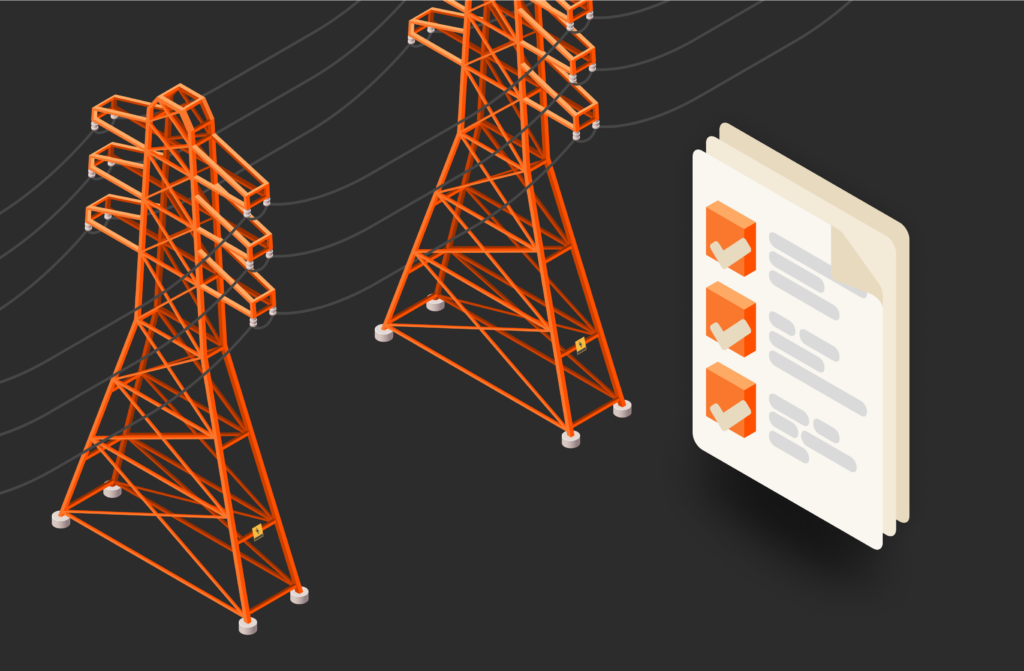Summary
Data exfiltration is data theft: the intentional, unauthorized removal of data usually by profit-seeking hackers. Once it’s stolen, data can be leveraged to extort its owners, held for ransom, used to launch additional attacks, or sold on the black market.
Data exfiltration is, simply put, data theft: the intentional, unauthorized copying, transferring, or removal of sensitive data. Once it’s stolen, data can be sold on the black market, held for ransom, or used to launch additional attacks. In early 2024, during the most serious cyberattack ever on the U.S. healthcare industry, sensitive patient data was exfiltrated from a subsidiary that processes prescriptions for over 100 million patients.
What Makes Data Exfiltration So Dangerous to Organizations?
The most common types of data targeted for exfiltration are highly sensitive and valuable on the black market, including:
- Cryptocurrency wallets
- Medical records
- Personal records for children and students
- Intellectual property
Due to the nature of the information stolen, exfiltration often results in compliance violations of data protection regulations like GDPR or HIPAA, leading to significant fines and legal consequences. Exfiltration can also compromise trade secrets and proprietary information, jeopardizing an organization’s competitive advantage.
The How and Why of Data Exfiltration
Data exfiltration is usually the work of profit-seeking hackers. In some cases, online criminals who exfiltrate data are motivated by politics, whistleblowing, or other forms of “hacktivism.” Data exfiltration is often followed by ransom demands by hackers who use ransomware to get their hands on data. In 2023, ransomware payments exceeded $1.1 billion. On top of that, victimized organizations also have to deal with disruption to their operations, fines, and damage to their reputations and customer relations.
Exfiltration can also be an inside job when a corrupt or compromised employee uses privileged network access to exfiltrate data. Technical vulnerabilities, phishing campaigns, and social engineering are well-known methods of gaining access. A common technique is to hack into a worker’s email and use that access to impersonate that worker in sending an email that’s loaded with malware links to colleagues. When the links are clicked, the malware can move stealthily through the network and steal valuable data such as customer data or intellectual property.
Mounting a Defense
Prevention and real-time detection are absolutely critical to prevention. Threat-hunting teams can leverage a range of security solutions, granted data can be ingested and correlated quickly enough to detect a threat before it’s too late. Organizations can detect data exfiltration in real-time through a multi-layered approach combining advanced technologies and continuous monitoring. Here are key strategies and tools for real-time data exfiltration detection:
- Real-time threat detection and response: SIEM, IDS/IPS, DLP and NTA systems monitor network traffic and user behavior and, increasingly, use AI to identify anomalies. They also typically use automation to administer security responses and logging, which, when performed manually, can quickly become unmanageable. Note: multi-protocol monitoring is key as attackers often use trusted protocols like HTTP, FTP, or DNS to mask activities.
- Advanced analytics: Regularly analyze logs from servers, devices, and networks, as well as user behavior, to detect deviations from normal patterns. User and Entity Behavior Analytics (UEBA) establishes baselines of normal user activity and detects deviations in real-time, such as unusual login patterns or unexpected access to sensitive data. Artificial intelligence and machine learning solutions can build a comprehensive picture of normal network behavior over time and quickly identify anomalies.
- Security culture: Knowledge and vigilance are the foundations for preventing phishing attacks that can lead to data exfiltration. Building a security culture includes thorough, ongoing security training and awareness programs. The ongoing part is essential because the threat landscape is constantly changing. Regular meetings that review hacking attempts and close calls are a good way to maintain urgency and keep security top of mind.
- Identity management: Understanding identity and human beings are the new security “perimeter” is key. Well-designed identity management systems will include multi-factor authentication (MFA), role-based and other internal access controls, contextual authentication that verifies additional identity factors, and zero-trust verification systems. AI will surely continue to play a role in these systems as models are trained to learn patterns of data use. Such systems may often include single sign-on to streamline the user experience.
Hacker’s Guide to Ransomware Mitigation and Recovery

How Pure Storage Secures Your Data from Data Exfiltration
Even with all of the above, there are challenges and limitations to note.
Conventional data protection measures were designed to safeguard data from natural or human-made disasters, data corruption, or accidental deletions. But modern attacks are a different scenario. With today’s dwindling dwell times, bottlenecks at the storage level give attackers the breathing room they need to be in and out, data in hand. A 2023 study found that it takes an average of 204 days to detect a data breach and an additional 73 days to contain it. While IDS/IPS are improving, there are still challenges in immediate threat detection.
Your underlying data storage technology can play a key role here. Storage must enable real-time analysis of security data to detect anomalies in time. The Pure Storage architecture is uniquely capable of delivering the ingest and correlation speeds necessary. DirectFlash® Modules (DFMs) eliminate the external controllers used by commodity SSDs, providing direct access to the NAND so data can be ingested and correlated at line speed, without becoming a bottleneck.
Then, there’s the resiliency side of things. Pure Storage® SafeMode™ Snapshots help secure critical data since these snapshots can’t be modified, deleted, or encrypted, even if admin credentials have been compromised. Think of these immutable snapshots like airbags—they won’t prevent a crash, but they’ll increase your odds of walking away from the crash unharmed.
Watch the video to learn more.








